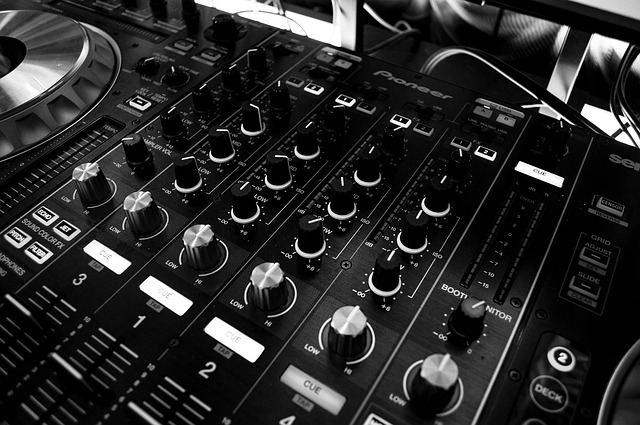Creating an immersive home cinema experience is an art form that combines the visual grandeur of film with the rich, emotive power of sound. When it comes to capturing the essence of a cinematic masterpiece, orchestral mixing plays a crucial role in transporting viewers into the heart of the story. Whether you’re preparing to showcase a cinematic classic or the latest blockbuster, these tips can help you master the art of mixing orchestral tracks for your home theatre system.
The first step in achieving an immersive audio experience is understanding the acoustics of your cinema room. Treating the space with acoustic panels can dramatically enhance sound clarity by reducing echoes and creating a balanced environment. Position your speakers wisely; the placement of surround sound speakers can either enhance or detract from the orchestral depth you aim to achieve. Ideally, speakers should be placed at ear level for the best results, enveloping the listener in a cocoon of rich melodies and intricate harmonies.
Next, let’s talk about audio layering. Orchestral music is often rich in texture, with multiple instruments weaving together to create a dynamic soundscape. When mixing, focus on balancing the different elements. Strings may carry the lead melody, while brass adds power and woodwinds contribute warmth. Pay attention to the individual frequencies of each instrument and ensure no single element overpowers another. Utilizing EQ can help carve out spaces for each instrument, allowing them to coexist harmoniously without clashing.
Additionally, don’t underestimate the importance of spatial effects. The magic of orchestral music can be amplified through reverb and panning techniques. Adding a subtle reverb can evoke a sense of grandeur typically associated with concert halls or symphony orchestras, thereby enhancing the cinematic experience in your home theatre. Panning instruments across the soundstage creates the illusion of width and depth, making the listener feel as though they are sitting in the midst of a live orchestra.
Using proper video settings is equally important in home cinema. Ensure that your video hardware is compatible with the audio system to avoid any latency issues between sound and picture. Calibrate your video settings to achieve a vibrant picture that complements the lushness of the orchestral score. Remember, a stunning visual experience paired with impeccable audio is what brings the cinema room to life.
Lastly, consider the use of dynamic range. Orchestral pieces can have quiet, intimate moments followed by powerful crescendos. It’s crucial to manage these dynamics during the mixing process. Allow for quiet passages to breathe, letting the listener absorb the dialogue or delicate instrumentation before unleashing the full force of the orchestra. This ebb and flow not only keeps audiences engaged but also mirrors the natural structure of storytelling in films.
Incorporating these orchestral mixing techniques into your home cinema setup can elevate your viewing experience to new heights. By understanding the intricacies of audio, paying attention to your cinema room’s acoustics, and harmonizing visuals with sound, you can create a space where film lovers feel fully immersed in every note, every whisper, and every dramatic pause. Transform your cinema room into a symphony of sound that resonates long after the credits roll!



